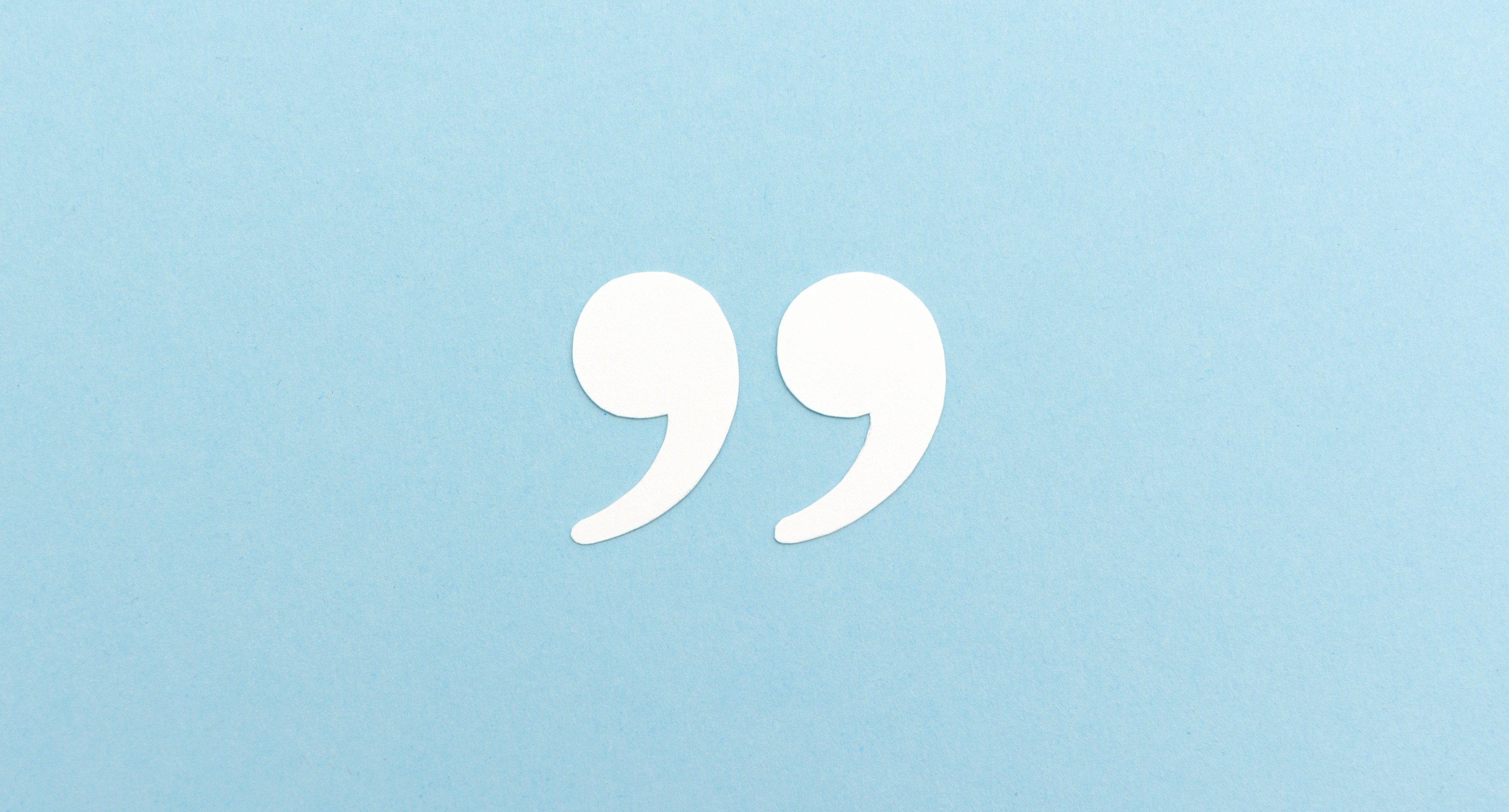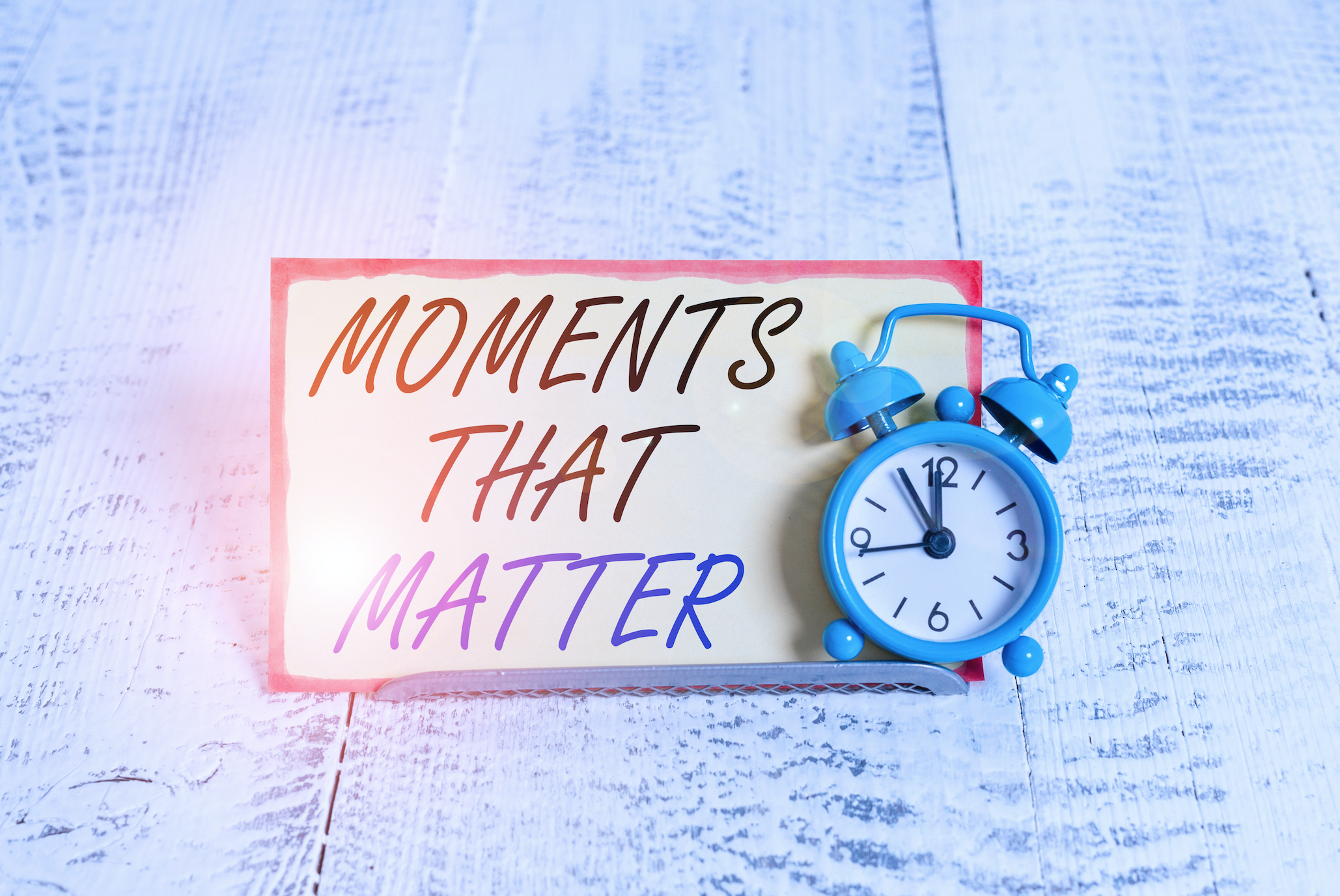Intra-organizational contests are commonly utilized to create healthy competition among employees. When designed fairly and properly implemented, these sales incentive programs can really help to produce results which can be appreciated in a waning economy such as what we are experiencing currently. I wanted to lay out a few tips for designing sales-based competitions in an effort to effectively motivate employees and gain positive returns.
A successful sales incentive program begins with a tiered set of attainable goals. Competition in a tiered sales incentive program is contained within different echelons so that each group of performers in your organization can be awarded and encouraged.
According to the 80-20 rule, as discussed by Paul Shearstone, twenty percent of sales people make eighty percent of a given company’s sales and profits. In other words, if you can motivate the next 20% of your workforce to do better the overall results can be exponential. If you plan out attainable goals to target your top, middle, average and under performers, then each group will be motivated to reach their own set goal level. For example, a sales competition could target top performers by planning objectives that would take maximum effort. In order to not exclude other workers, however, more attainable goals must be introduced for each group/level of performers.
This is not to say that under performers may end up reaching goals that were designed to target top performers. Many times when a sales incentive program is established featuring name brand, lifestyle merchandise, sales people will work towards a certain goal in order to obtain a particular level of gift merchandise. A recent article on Blogspot affirms, “Properly executed, this system is a perpetual source of motivation since everyone has a chance to get something out of the experience...”
Another good rule of thumb for a successful sales incentive program is to have the entire promotion, i.e. set of goals to reach, take place over a short period of time. Six months is a common timeframe for sales promotions. In addition, make at least one goal attainable within the first thirty to sixty days. I also encourage clients to reach sales people with different media such as emails, posters and announcement statements to communicate a new sales program and generate enthusiasm.
Bill Kelley confirms this thought in his article on sales incentive programs. He reports, “Incentive programs work because they reward desired behavior. Generally, the quicker people get the reward, the more it reinforces the behavior. Stretch out the program so the reward is five or six months down the line and your sales people may lose interest…Get sales people excited and working; then reward them for achieving the goal.”
I have found that effective sales incentive programs are ever increasingly incorporating peer-to-peer recognition. Many of my newer clients request that their online program allow participants to log in and submit nominations to recognize the outstanding behavior of peers. Encouraging positive feedback among peers has been shown to be a powerful motivator for employees as noted by Joan Klubnik in her article, The Power of Peer-to-Peer Recognition. Klubnik reports “…Recognition is probably one of the most powerful job motivators that we have available to us; its simplicity, impact and availability are almost boundless.”
As demonstrated, sales incentive programs, when properly designed and implemented, will motivate more than just your top performing sales people to increase results and in the end will result in better profits. Following these tips will help you to ensure that your next sales incentive program is a success.







Leave a Comment